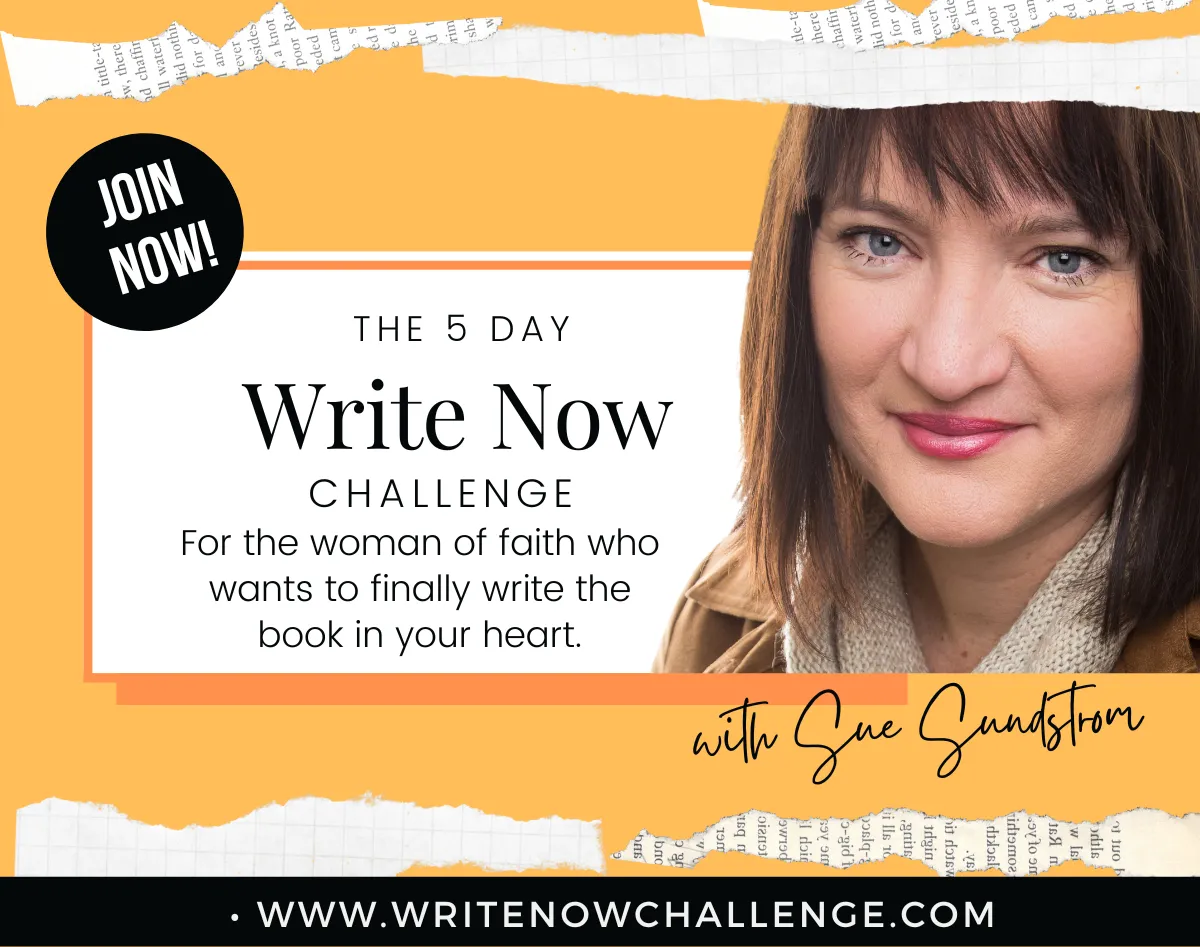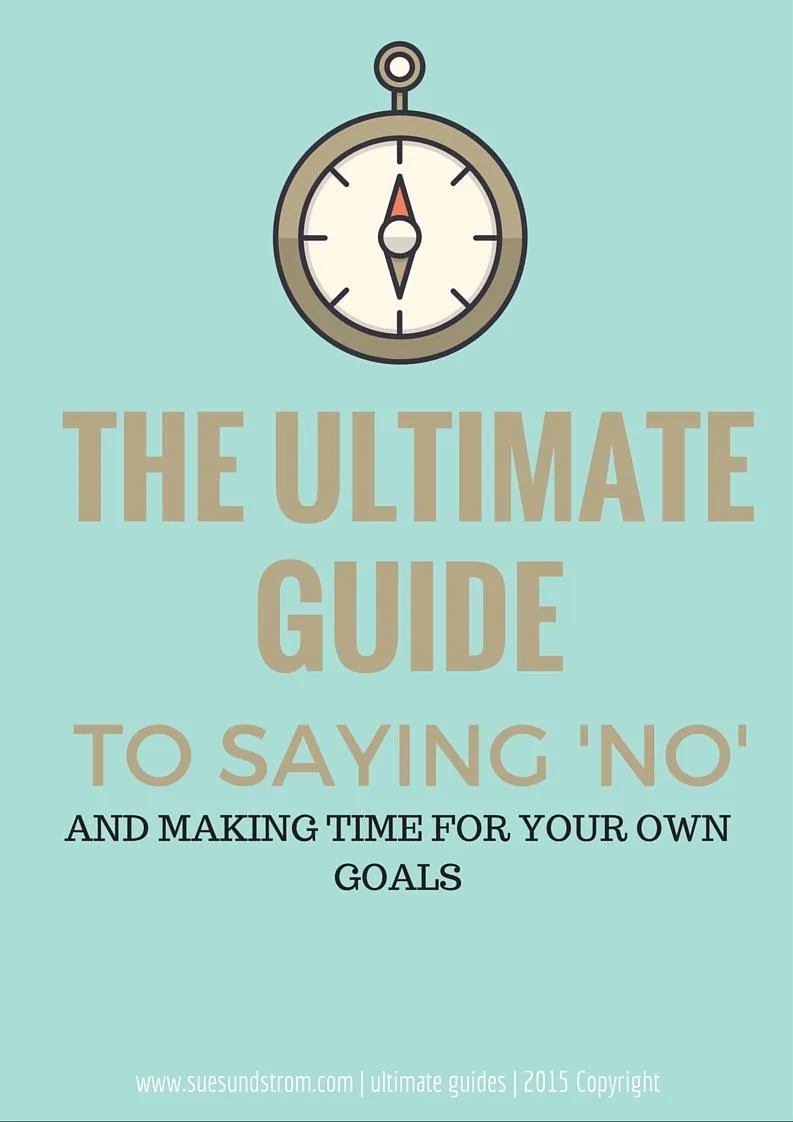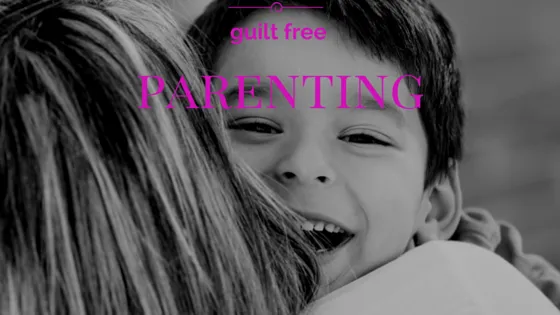SUE
SUNDSTROM.COM
CREATING THE REMARKABLE LIFE AND
WORK YOU WERE MEANT FOR
Productivity

When you’re feeling overwhelmed (Here’s what to do…)
When you’re feeling overwhelmed (Here’s what to do…)
Aaaaaaarrrrghhh! BRAIN FREEZE!!
That’s what my family and I shout at that horrible moment when we’ve eaten really cold ice-cream too fast and our forehead suddenly starts pounding with that all-encompassing ache (otherwise known as brain freeze). And you literally have to stop what you’re doing and do nothing until the feeling passes.
I think overwhelm is like that.
We have too many things in our to-do list and don’t know where to start. It feels like there aren’t enough hours in the day. We land a big, new project at work and don’t know how to begin – it’s so huge. A whole lot of things suddenly happen together – work is busy, a child gets sick, a friend has a crisis and needs you, the house is overdue a clean, you’re getting calls, emails, tweets and text messages simultaneously.

Feeling overwhelmed
Often we just freeze. When we’re overwhelmed our brain DOES stop. Literally. According to Anne Brann in ‘Make your brain work’, the front of your brain called the prefrontal cortex is the most important part of your brain for thinking and decision making and crucial when it comes to feeling overwhelmed. Because when you’re overwhelmed, it doesn’t work very well. And that’s when you need it working well so you can make solid judgements on what to do next.
Martha Beck explains how “the human brain just wasn’t designed to handle the environment we inhabit” – you know, the one where we are constantly bombarded with media information and inputs to our senses in this fast-paced, technological era. She calls a symptom of overwhelm ‘attentional blindness’. Attentional blindness happens when your brain is trying to deal with too many things at once, which causes your ability to focus – your attention – to jam. And then you “go attentionally blind to everything,” Martha says. This is when you experience that foggy, deer-in-headlights feeling in the brain. You feel paralyzed. Common thoughts are ‘I don’t know what to do, it’s all too much’ : overwhelm.
Martha suggests a number of steps to get your brain out of a jam. She explains the full process here.
I didn’t realise I had been naturally doing something similar, without knowing how it involved my brain and got it to a place of being unstuck. I’ll summarise the process while doing my best to illustrate a real-life scenario where it can work.
1. Firstly, she advises to pause so you can unclog your overwhelmed brain. Do this by closing youreyes and taking deep, slow breaths.
What I do when I feel overwhelmed is to literally and figuratively ‘take a step back‘. In other words, step away briefly from whatever situation is causing me overwhelm.
Let’s take a common scenario – an over-full schedule and to-do list. Just looking at a full email inbox increases the feeling of overwhelm, because as well as that, there’s often things in your head too – ‘must get more milk’, ‘need to pick up a fancy dress costume’, ‘have to phone back that customer’.
So the first thing I do is turn away from the noise and distraction (computer, phone, tablet) and get it all out of my head. Robert Allen (Getting things done) famously wrote about this strategy. Do a brain dump. Write down every thing that is nagging you, that you know needs to be done – whether today, this week or next month. Until your brain is quiet. There’s nothing else in there nagging at you.

2. Get a single-criteria focus
Martha Beck refers to our use of ‘search images’, which is our brain’s way of filtering out unnecessary information to focus only on what is needed.
An example she gives is how we search for someone in a crowded place, narrowing our focus as we scan the crowd, filtering out anyone who is too tall, or blonde, or not wearing red, perhaps.
When we feel overwhelmed, we need to consciously give our brain a distinct focus again to stop it wandering from one thing to another.
Practising doing this involves for example looking around a room and spotting only what is green. Or looking around and noticing all square objects only. You can try it to get your brain focussed again on a single thing or ‘search image’.
To take this and apply it to your crammed schedule, I’ve realised I had a ‘search image’ for my email inbox when many items in it were shouting for my attention. What I do is : go through my inbox quickly, without carefully reading each item, but with the sole purpose of finding anything that needs to be done today.That’s my ‘search image’. I ignore everything else for now.
Then I write down those actions on a to-do list and highlight in some way the emails involving ‘today’s actions’ or by creating a folder called ‘Today’ and put them all in it so I can easily find them when I’m performing that action. Or I delete it if there’s no need for information in it once the action is on my To-do list.
These 2 things : a) Writing down everything in my head and b) Going through email inbox to find items that need actioning today – may have resulted in a long list of things to do – all the things in my head, and all of the actions from my inbox.
So then comes my next ‘search image’. From that list, my sole criteria is to separate out ‘Needs doing today only’ items. If necessary, I’ll keep the ‘master list’ I’ve created and create a second list, a ‘today list’. I try to keep only about 5-7 items on my ‘today’ list, as more than that does tend to overwhelm.
Then I prioritise the today list, in number order.
Then I start with Number 1 priority item on that list, and focus ONLY on it until it is complete. I force myself to not even look at any other item on the list until item Number 1 is finished (tempting though it is, looking at the master list or other things on the today list, while simultaneously working on an item can distract and lead to overwhelm again).
Try to remember, if you’re working on your priority item number 1, you’re doing the most important thing you can do right now, this moment. Then once it’s done, I move to Number 2 and continue through the list until it’s complete. Only then do I decide to take another item from my Master list if I still have time in my day.
This works equally well when dealing with a cluttered room or house. Organisation experts do the same thing Martha Beck is suggesting of using a ‘search image’ – ie a single criteria to focus on while you’re trying to declutter.
If you walk into an extremely cluttered room, you can feel overwhelmed – and want to just walk right out again, telling yourself, ‘I’ll deal with this later/when I feel I have the energy to face it/when I have a lot more time on my hands’!!! I’ve read – and applied – these ‘search images’ though to my decluttering efforts, and they really work : Start in ONE corner of the room, and don’t move from there until it’s clear. Then move round, clockwise.

Another search image would be : First clear out drawers only, ONE at a time. Clear out that drawer and only then move to another drawer, nothing else.
Or another one could be : Clear out all magazines in that room you no longer need. And yet another ‘search image’ could be : put in a box all items that belong in another room. All are using a single criteria that helps focus your brain and stops it trying to deal with many things at once.
I hope that helps you – happy unclogging of your brain!
WEBSITE DISCLAIMER / TERMS AND CONDITIONS / PRIVACY NOTICE
COPYRIGHT © 2023



